I grew up in Texas, so I’m no stranger to summer heat. In fact, as a teenager and college student, I worked as a laborer painting houses. During the summer months, you would get up before dawn, make your way to work before the sun started cooking your breakfast eggs on the hood of your car, and hopefully get a solid day in before the sun started zapping your life away.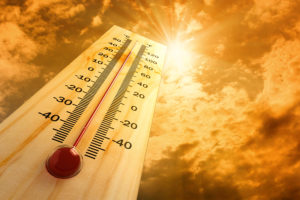
I moved away from Texas in my early 20’s and traveled around mostly to moderate to minor summer climates. Over the years, I quickly lost acclimation to my body’s ability to deal with the heat, and now that I’m back in Texas, I struggle just about every day of the summer to not pass out. So whether you are like me, or you find yourself working outside constantly in the heat, understanding the risks, signs and dangers of a heatstroke can quite simply save your life.
Signs of Heatstroke
Some people push themselves to the limit, whether they are working outside during the summer, attending two-a days for football training, or just outside having some summer fun in the heat.  But one thing is clear, over doing yourself can have serious repercussions. The first thing to happen when you are over exposed to the heat is what’s called “Heat Exhaustion”, and is the precursor the more deadly versions of “Heat Stroke”. Both medical conditions are very serious so understanding how to recognize your body’s heat level is key to fighting back the summer months and staying healthy.
But one thing is clear, over doing yourself can have serious repercussions. The first thing to happen when you are over exposed to the heat is what’s called “Heat Exhaustion”, and is the precursor the more deadly versions of “Heat Stroke”. Both medical conditions are very serious so understanding how to recognize your body’s heat level is key to fighting back the summer months and staying healthy.
Heat Exhaustion Symptoms
- Heavy sweating
- Feeling weak and/or confused
- Dizziness
- Nausea
- Headache
- Fast heartbeat
- Dark-colored urine, which indicates dehydration
Heat stroke is the nastier version of heat exhaustion and is defined by the body’s internal temperature of 104 degrees or higher, including severe headaches, confusion and other signs that your body has overheated.
Heat Stroke Symptoms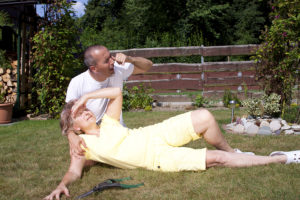
- High fever (104°F or higher)
- Severe headache
- Dizziness and feeling light-headed
- A flushed or red appearance to the skin
- Lack of sweating
- Muscle weakness or cramps
- Nausea
- Vomiting
- Fast heartbeat
- Fast breathing
- Feeling confused, anxious or disoriented
- Seizures
Dangers of Heat Environments
Outdoors
Most people associate heat stroke to spending time outside and this certainly has one of the highest risks to people suffering from health issues during the summer months. Understanding how hot it is outside is also an important factor before traveling out and spending the day in the sun. For example, if you live in an area that has a mostly dry climate, say Colorado for example, you may not feel that your getting too hot as most of the time your sweat evaporates before you even notice, increasing the dangers of unknown exhaustion.
In an area like Texas, where the humidity is higher, then on a day that only registers 95 degrees, with increased humidity, could soar that number to well over a 100 degrees due to the “heat index” causing one to be misguided when working or playing outside.
Indoors
Being outside is not the only risk of heat stroke, and many people who live in the Northeast make it by without any air conditioning for most of their residency. However, during a heat wave, those living without proper air conditioning run a serious risk of becoming victims of heat stroke and exhaustion, simply by sitting in their home’s trying to stay cool.
Other reports of indoor activities, such as gyms for example, may also prove to be a problem. 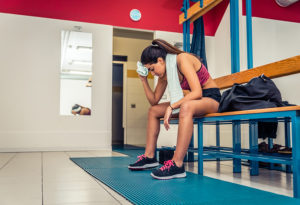 Some gyms purposely bump up the heat in their gym to promote sweating and give your body more of a workout, which can be very beneficial to your glutes when toning your bottom, however, it can also prove to be a health risk if you are unaware of the symptoms of heat exhaustion. So next time you hit the gym, take notice of the temperature inside the building and keep a close eye on your core temperature as well as your core workout.
Some gyms purposely bump up the heat in their gym to promote sweating and give your body more of a workout, which can be very beneficial to your glutes when toning your bottom, however, it can also prove to be a health risk if you are unaware of the symptoms of heat exhaustion. So next time you hit the gym, take notice of the temperature inside the building and keep a close eye on your core temperature as well as your core workout.
Cars
Every year we see news stories of unacceptable and tragic deaths due to young children, infants, and pets being left inside a hot vehicle during the summer.  This unfortunate act takes only minutes to occur due to the amplifying affect that car windows have on sunlight and the exponential heating range of a sitting vehicle. It is said that just this year alone, there have already been 16 child deaths due to negligent parents leaving their child in a hot car while running errands. A report done by the University of San Jose, offers a startling count of the total number of deaths due to car related heat strokes over the years.
This unfortunate act takes only minutes to occur due to the amplifying affect that car windows have on sunlight and the exponential heating range of a sitting vehicle. It is said that just this year alone, there have already been 16 child deaths due to negligent parents leaving their child in a hot car while running errands. A report done by the University of San Jose, offers a startling count of the total number of deaths due to car related heat strokes over the years.
Fires
Living in Colorado a number of years, I also know how dangerous forest fires can be for those fighting to save the land and homes of those living in the area. 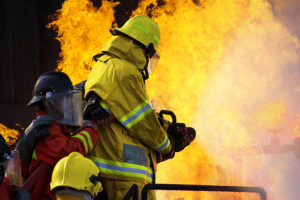 Just this year, California has been battling massive fires and continue to struggle containing the flames for various reasons, but one of those challenges is the sheer heat that the fires put off causing firefighters to work in very short and brief shifts to avoid over heating their bodies. This, combined with the summer heat, can cause temperatures to reach well over 112 degrees just in the safe zones, and temperatures inside the fire zone soaring to unimaginable heights.
Just this year, California has been battling massive fires and continue to struggle containing the flames for various reasons, but one of those challenges is the sheer heat that the fires put off causing firefighters to work in very short and brief shifts to avoid over heating their bodies. This, combined with the summer heat, can cause temperatures to reach well over 112 degrees just in the safe zones, and temperatures inside the fire zone soaring to unimaginable heights.
Health Precautions
With so many different ways for us to get over heated, one doesn’t have to put up their bathing suit and call it a summer. Understanding how you can fight the heat and still enjoy a wonderful day in the sun is actually quite easy if you know how to prevent heat exhaustion and stroke. The absolute number one way to fight the heat is to stay hydrated. 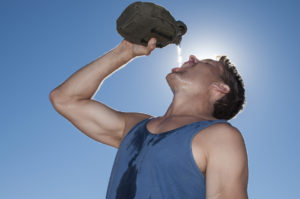 This means drinking plenty of water, not sugar based sodas, not beer, not juice, but good old water. In addition to staying hydrated, it is recommended that you take frequent breaks out of the sun, by sitting under a shade tree or even going inside to air conditioning.
This means drinking plenty of water, not sugar based sodas, not beer, not juice, but good old water. In addition to staying hydrated, it is recommended that you take frequent breaks out of the sun, by sitting under a shade tree or even going inside to air conditioning.
How to Prepare for the Heat
- Wear lightweight, light-colored, loose-fitting clothing.
- Grab a hat or an umbrella.
- For the love of God wear Sunscreen; preferably an SPF of 15 or higher
- Water, water water!
- Drink fewer beverages that contain caffeine (such as tea, coffee and soda) or alcohol.
- Start your day early in the morning and call it an early afternoon.
- 20 minute breaks at minimum and periodically throughout the day
Summertime is a season attributed to having fun, enjoying outdoor activities and taking it easy.  So next time you are planning a day out and about, be sure you check your heat precautions and bring an extra hat, sunscreen and plenty of water, because preventing a heatstroke can be the difference literally between life and death.
So next time you are planning a day out and about, be sure you check your heat precautions and bring an extra hat, sunscreen and plenty of water, because preventing a heatstroke can be the difference literally between life and death.
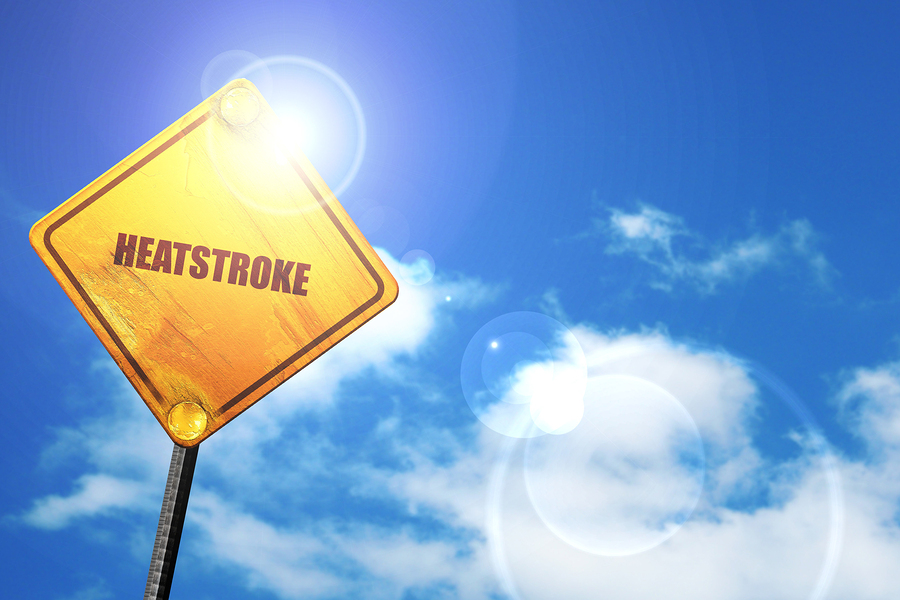


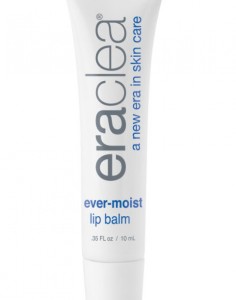
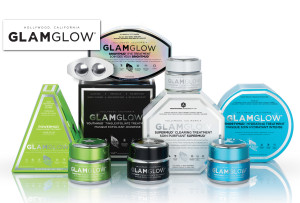



Leave a Reply